Trich causes. Trichomoniasis: Symptoms, Causes, Treatment, and Prevention Guide
What are the symptoms of trichomoniasis. How is trichomoniasis diagnosed and treated. Can trichomoniasis be prevented. What complications can arise from untreated trichomoniasis.
Understanding Trichomoniasis: A Common but Often Overlooked STD
Trichomoniasis, commonly referred to as “trich,” is a sexually transmitted disease (STD) that affects millions of people worldwide. Despite its prevalence, many individuals remain unaware of its existence or dismiss its potential impact on their health. This article aims to provide a comprehensive overview of trichomoniasis, exploring its causes, symptoms, diagnosis, treatment, and prevention strategies.
The Microscopic Culprit: Trichomonas Vaginalis
At the heart of trichomoniasis lies a minuscule yet formidable parasite known as Trichomonas vaginalis. This single-celled organism thrives in the genital tract of both men and women, causing a range of uncomfortable symptoms and potentially serious health complications if left untreated.

Who is at risk for trichomoniasis?
While anyone who is sexually active can contract trichomoniasis, certain groups appear to be more susceptible:
- Women, particularly those over 40
- African American women
- Individuals with multiple sexual partners
- Those who engage in unprotected sex
It’s important to note that trichomoniasis does not discriminate based on age, gender, or sexual orientation. However, understanding these risk factors can help individuals make informed decisions about their sexual health and testing practices.
Recognizing the Signs: Trichomoniasis Symptoms
One of the challenges in identifying trichomoniasis is that approximately 70% of infected individuals do not experience any noticeable symptoms. This asymptomatic nature contributes to the disease’s spread, as people may unknowingly transmit the infection to their sexual partners.
Symptoms in women
For women who do develop symptoms, they may include:
- Foul-smelling vaginal discharge, often greenish or yellowish in color
- Genital itching, burning, redness, or soreness
- Pain or discomfort during urination or sexual intercourse
- Increased frequency of urination
- Spotting or bleeding after sex
Symptoms in men
Men are less likely to experience symptoms, but when they do, they may notice:

- Itching or irritation inside the penis
- A thin white discharge from the penis
- Pain or discomfort during urination or ejaculation
- Increased urinary frequency
It’s crucial to remember that the presence or absence of symptoms does not definitively indicate whether an individual has trichomoniasis. Regular STD testing is the most reliable way to detect and manage this infection.
Diagnosing Trichomoniasis: From Microscopes to Modern Testing
Accurate diagnosis of trichomoniasis is essential for effective treatment and preventing further transmission. Healthcare providers employ various methods to identify the presence of Trichomonas vaginalis in the body.
How is trichomoniasis diagnosed?
- Microscopic examination: A sample of genital fluid is observed under a microscope to detect the parasite.
- Culture tests: The sample is allowed to grow for several days, making the parasite easier to identify.
- Nucleic Acid Amplification Tests (NAATs): These highly sensitive tests can detect genetic material from the parasite, even in small quantities.
During the diagnostic process, healthcare providers often test for other STDs simultaneously, as trichomoniasis frequently coexists with infections like gonorrhea and chlamydia.
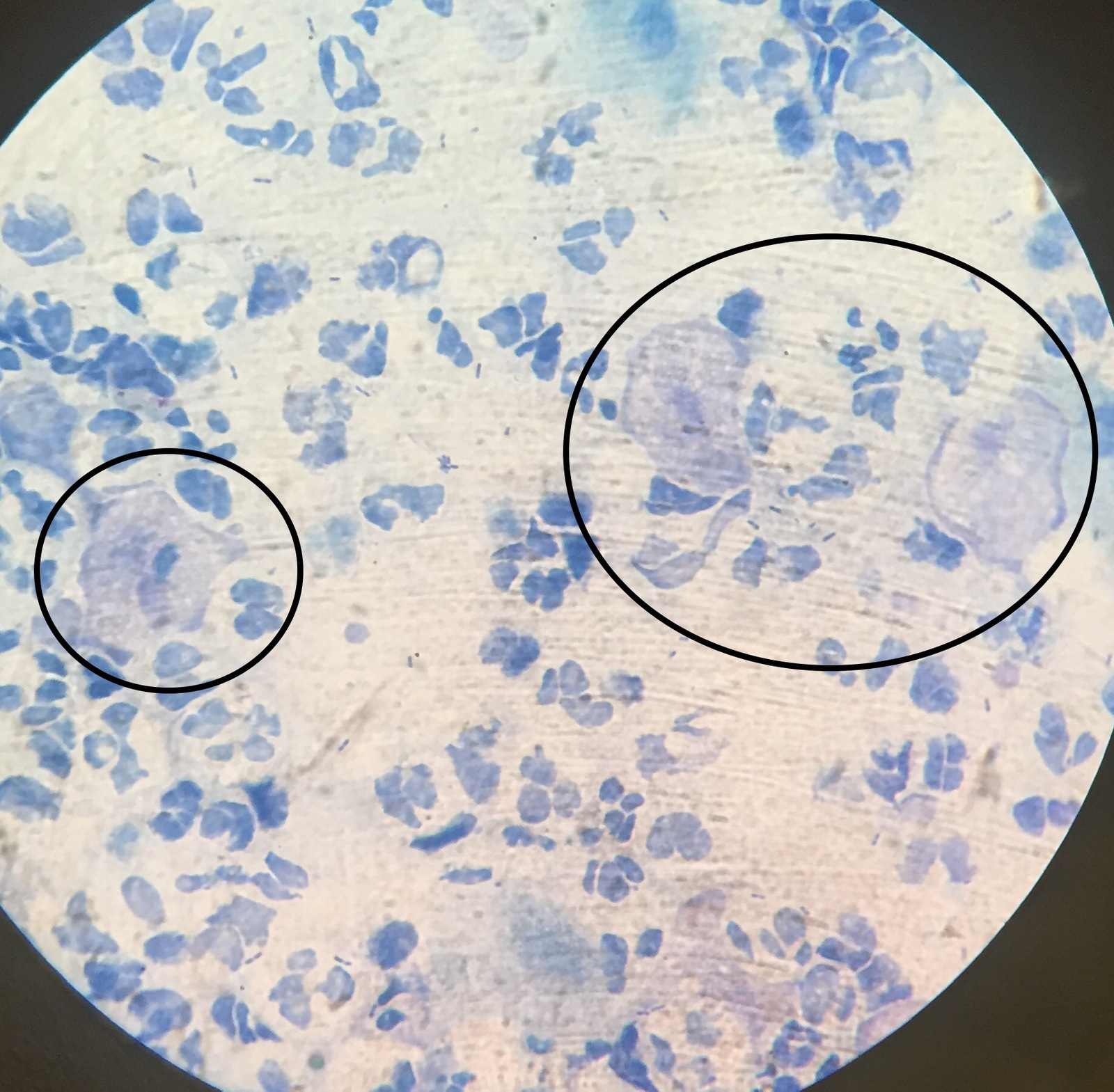
Treatment Options: Clearing the Infection
Fortunately, trichomoniasis is highly treatable with appropriate medical intervention. The primary treatment approach involves the use of antibiotic medications.
What medications are used to treat trichomoniasis?
The two most commonly prescribed antibiotics for trichomoniasis are:
- Metronidazole (Flagyl, Noritate, Nuvessa)
- Tinidazole (Tindamax)
These medications are typically administered orally, either as a single large dose or in smaller doses over several days. It’s crucial for patients to complete the entire course of antibiotics, even if symptoms improve before finishing the medication.
Is treatment always successful?
While treatment is generally effective, it’s important to note that reinfection is possible. Approximately 20% of individuals experience a recurrence of trichomoniasis within three months of treatment. To minimize this risk, healthcare providers recommend:
- Treating all sexual partners, even if they are asymptomatic
- Abstaining from sexual activity for 7-10 days after treatment
- Follow-up testing before resuming sexual activity
Complications of Untreated Trichomoniasis: Beyond Discomfort
While trichomoniasis may seem like a minor inconvenience, leaving it untreated can lead to serious health complications. Understanding these potential risks underscores the importance of prompt diagnosis and treatment.

What are the potential complications of untreated trichomoniasis?
- Increased susceptibility to other STDs, including HIV
- Higher risk of HIV transmission for individuals who are already HIV-positive
- Pregnancy-related complications, such as preterm birth and low birth weight
- Rare cases of neonatal trichomoniasis in infants born to infected mothers
For individuals living with HIV, regular trichomoniasis screening is particularly important. Healthcare providers often recommend annual testing for women with HIV to mitigate the increased risk of transmission and other health complications.
Prevention Strategies: Safeguarding Your Sexual Health
While complete abstinence from vaginal sex is the only foolproof way to avoid trichomoniasis, there are several practical steps individuals can take to reduce their risk of infection.
How can you lower your risk of contracting trichomoniasis?
- Use latex condoms consistently and correctly during sexual activity
- Avoid douching, as it disrupts the natural balance of vaginal bacteria
- Limit the number of sexual partners and consider mutual monogamy with a partner who has tested negative for STDs
- Engage in open, honest communication with sexual partners about sexual histories and potential risks
- Regular STD testing, especially if you have multiple partners or engage in high-risk sexual behaviors
By implementing these preventive measures, individuals can significantly reduce their risk of contracting trichomoniasis and other STDs, promoting overall sexual health and well-being.
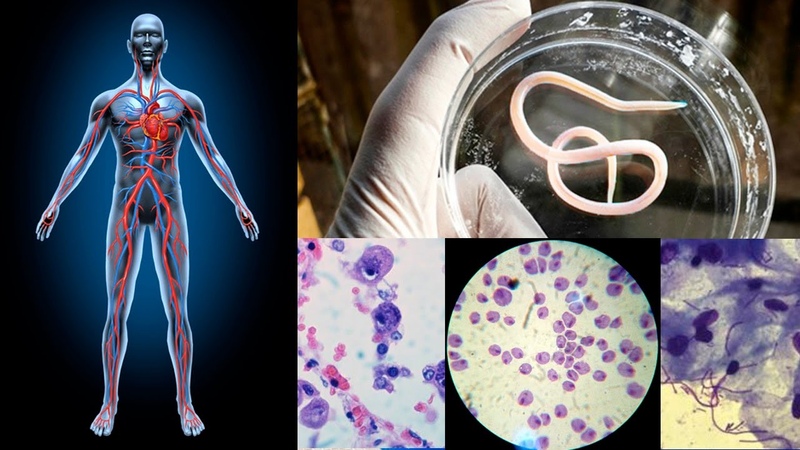
The Impact of Trichomoniasis on Public Health
Trichomoniasis is not just an individual health concern; it also has broader implications for public health. Understanding the scope of this STD can help inform policy decisions and healthcare strategies.
How prevalent is trichomoniasis globally?
Trichomoniasis is one of the most common curable STDs worldwide. According to the World Health Organization, an estimated 156 million new cases of trichomoniasis occur globally each year. In the United States alone, the Centers for Disease Control and Prevention (CDC) estimates that approximately 3.7 million people are infected with trichomoniasis at any given time.
Why is trichomoniasis often overlooked in public health campaigns?
Despite its prevalence, trichomoniasis often receives less attention than other STDs like chlamydia or gonorrhea. This oversight may be due to several factors:
- The high rate of asymptomatic infections
- The perception that it is less serious than other STDs
- Lack of awareness among healthcare providers and the general public
However, given the potential complications and its role in facilitating the spread of other STDs, including HIV, increased awareness and prevention efforts for trichomoniasis are crucial for improving overall sexual health outcomes.
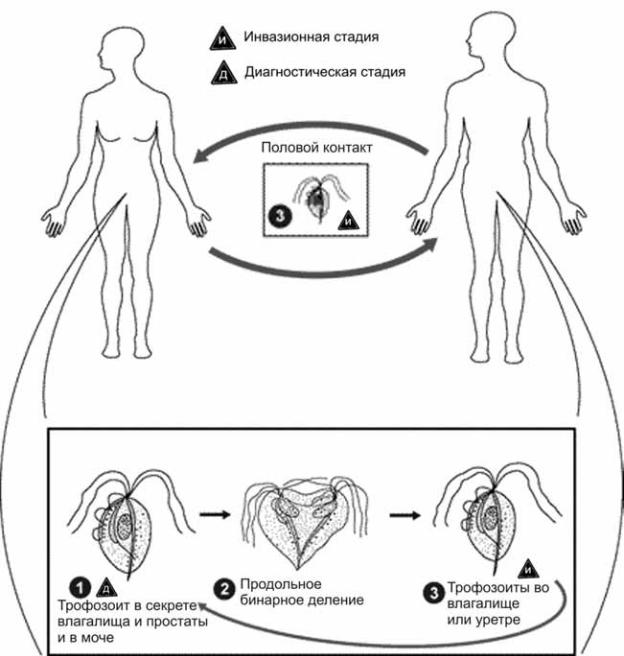
Trichomoniasis in Special Populations: Considerations and Challenges
While trichomoniasis can affect anyone who is sexually active, certain populations face unique challenges when it comes to prevention, diagnosis, and treatment of this STD.
How does trichomoniasis affect pregnant women?
Pregnant women infected with trichomoniasis face additional risks:
- Increased likelihood of preterm delivery
- Higher risk of low birth weight infants
- Potential for vertical transmission to the newborn during vaginal delivery
Fortunately, trichomoniasis can be safely treated during pregnancy. Healthcare providers typically use metronidazole, which has been shown to be safe for both the mother and the developing fetus. Regular prenatal STD screening is crucial for early detection and treatment.
What challenges do adolescents face regarding trichomoniasis?
Adolescents and young adults are particularly vulnerable to STDs, including trichomoniasis. Some specific challenges include:
- Limited access to sexual health education and resources
- Reluctance to seek medical care due to stigma or confidentiality concerns
- Higher rates of risky sexual behaviors
- Biological factors that make younger individuals more susceptible to STDs
Addressing these challenges requires a multi-faceted approach, including comprehensive sex education, improved access to confidential STD testing and treatment services, and targeted outreach programs for at-risk youth.
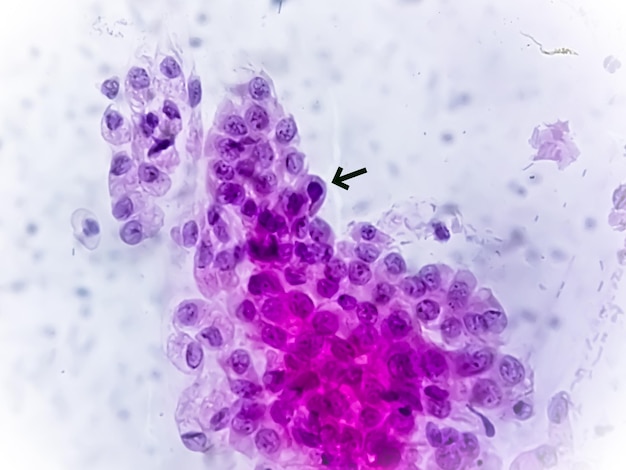
The Future of Trichomoniasis Research and Management
As our understanding of trichomoniasis continues to evolve, researchers and healthcare professionals are exploring new avenues for prevention, diagnosis, and treatment of this common STD.
What advancements are being made in trichomoniasis research?
Several promising areas of research are currently underway:
- Development of rapid, point-of-care diagnostic tests for improved screening
- Investigation of potential vaccine candidates to prevent trichomoniasis infection
- Exploration of alternative treatment options for drug-resistant strains of Trichomonas vaginalis
- Studies on the long-term effects of trichomoniasis on reproductive health and fertility
These research efforts aim to enhance our ability to detect, treat, and prevent trichomoniasis, ultimately reducing its impact on individual and public health.
How can healthcare systems improve trichomoniasis management?
To better address the challenges posed by trichomoniasis, healthcare systems can implement several strategies:
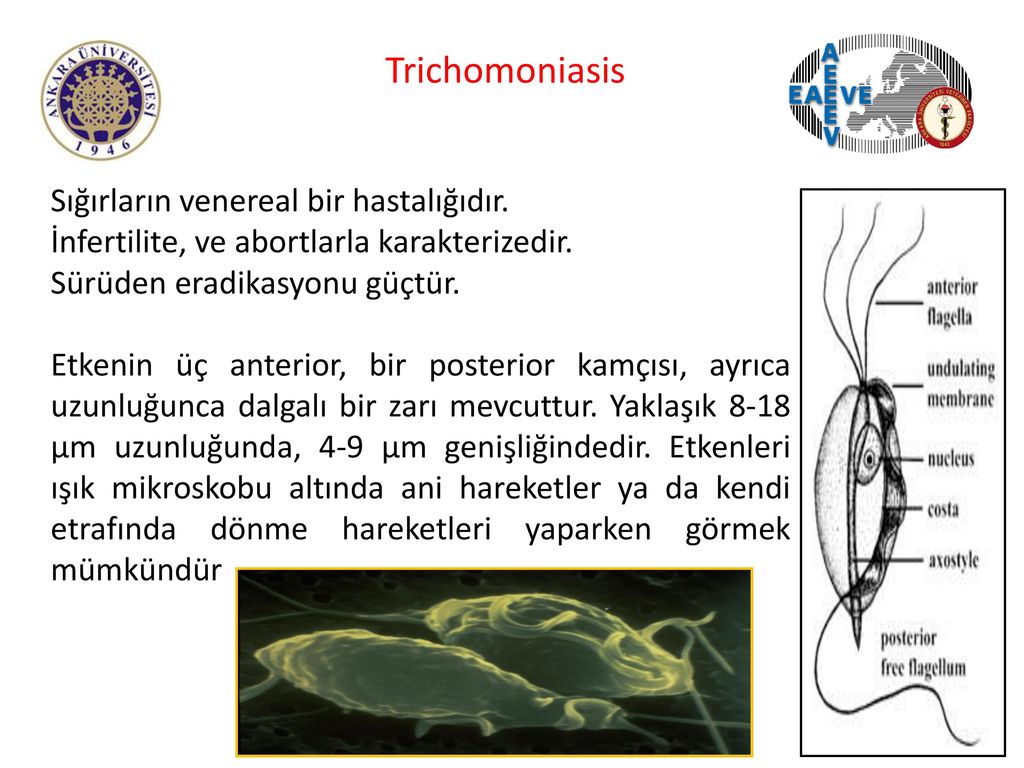
- Integrate routine trichomoniasis screening into regular STD testing protocols
- Improve provider education on trichomoniasis diagnosis, treatment, and prevention
- Enhance partner notification and treatment services to reduce reinfection rates
- Implement targeted outreach programs for high-risk populations
- Increase public awareness through educational campaigns and community initiatives
By taking a comprehensive approach to trichomoniasis management, healthcare systems can work towards reducing the prevalence of this STD and improving overall sexual health outcomes for their communities.
Symptoms, Causes, Treatment, and Prevention
Written by WebMD Editorial Contributors
- What Is Trichomoniasis?
- Trichomoniasis Causes
- Trichomoniasis Symptoms
- Trichomoniasis Diagnosis
- Trichomoniasis Treatment
- Trichomoniasis Complications
- Trichomoniasis Prevention
- More
Trichomoniasis, also called trich, is a common sexually transmitted disease (STD).
Trich is caused by a tiny one-celled parasite named Trichomonas vaginalis. Anyone who’s sexually active can get it. It affects women more than men, older women more than younger ones, and African American women more than white or Hispanic women.
People with trich often don’t have any symptoms, and it doesn’t usually cause problems. But if you don’t get treatment, it raises your chances of getting or spreading other STDs, including HIV.
You get trich by having sex with someone who has it. Typically, it spreads through contact between a penis and a vagina. Women who have sex with women can also get trich through vaginal contact.
Women who have sex with women can also get trich through vaginal contact.
Women typically get the infection in their vulva, vagina, cervix, or urethra. Men usually get it in their urethra. They may also get it in their prostate, the gland between the bladder and the penis. It’s rare to have trich in other parts of your body, such as your hands, mouth, or anus.
Anyone who has trich can spread it, even if they don’t have symptoms.
About 70% of people with trich don’t have symptoms. In others, the signs might not show up until days or weeks after infection.
Women with trichomoniasis may have:
- Vaginal fluid that smells bad and is greenish or yellowish
- Genital itching, burning, redness, or soreness
- Pain when they pee or have sex
- The need to pee more often
- Bleeding after sex
Men with trichomoniasis may have:
- Itching or irritation inside their penis
- A thin white discharge from the penis
- Pain when they pee or have sex
- The need to pee more often
Doctors can diagnose trich by taking a sample of pee or fluid from your genitals and looking at it under a microscope to spot the parasite. Sometimes, they might need to do a test called a culture. This is when they store the sample for several days so the parasite can grow and be easier to find under a microscope.
Sometimes, they might need to do a test called a culture. This is when they store the sample for several days so the parasite can grow and be easier to find under a microscope.
Sensitive tests called nucleic acid amplification tests (NAATs) can also spot signs of the parasite.
Your doctor might test you for other STDs at the same time because many people with trich also have gonorrhea or chlamydia.
Antibiotic medications like metronidazole (Flagyl, Noritate, Nuvessa) and tinidazole (Tindamax) clear up the infection in most people. Your doctor will give you pills to swallow, either in one large dose or in several smaller doses. Take all of the medicine, even if you start to feel better before you’re done.
Treatment will get rid of the parasite, but you can still get it again. About 20% of people get trich again within 3 months of treatment.
Your sex partner or partners should also be treated, even if they don’t have symptoms. Don’t have sex for 7 to 10 days after treatment. Your doctor might want to test you again before you have sex.
Your doctor might want to test you again before you have sex.
If you don’t get treatment, trich can lead to other health problems.
It can raise your risk of getting or spreading other STDs. If you have HIV, trich may make you more likely to spread it. Because of this risk, doctors suggest that women with HIV get tested for trich at least once a year.
If you’re pregnant, trich may make you give birth earlier than expected. Your baby may have a low birth weight, which can raise the chances of health or developmental problems. It’s rare, but your baby may also get trich as they go through the birth canal. You can get treated for trich while pregnant, so talk to your doctor about the best options for you.
The only way you can totally avoid trich is to not have vaginal sex. You can take other steps to lower your chances of getting it:
- Always use latex condoms. Because you can get or spread trich through contact alone, make sure to put the condom on early, before it touches the vagina.

- Avoid douching. Your vagina has a natural balance of bacteria to keep you healthy. When you douche, you remove some of those helpful bacteria, which can raise your chances of getting an STD.
- Stick with one sex partner who’s tested negative for STDs. If that doesn’t work for you, think about limiting your number of sex partners.
- Talk openly with your partners about your sexual histories and potential risk of infection. This can help you make the best choice for yourself.
Top Picks
Symptoms, Causes, Treatment, and Prevention
Written by WebMD Editorial Contributors
- What Is Trichomoniasis?
- Trichomoniasis Causes
- Trichomoniasis Symptoms
- Trichomoniasis Diagnosis
- Trichomoniasis Treatment
- Trichomoniasis Complications
- Trichomoniasis Prevention
- More
Trichomoniasis, also called trich, is a common sexually transmitted disease (STD).
Trich is caused by a tiny one-celled parasite named Trichomonas vaginalis. Anyone who’s sexually active can get it. It affects women more than men, older women more than younger ones, and African American women more than white or Hispanic women.
People with trich often don’t have any symptoms, and it doesn’t usually cause problems. But if you don’t get treatment, it raises your chances of getting or spreading other STDs, including HIV.
You get trich by having sex with someone who has it. Typically, it spreads through contact between a penis and a vagina. Women who have sex with women can also get trich through vaginal contact.
Women typically get the infection in their vulva, vagina, cervix, or urethra. Men usually get it in their urethra. They may also get it in their prostate, the gland between the bladder and the penis. It’s rare to have trich in other parts of your body, such as your hands, mouth, or anus.
Anyone who has trich can spread it, even if they don’t have symptoms.
About 70% of people with trich don’t have symptoms. In others, the signs might not show up until days or weeks after infection.
Women with trichomoniasis may have:
- Vaginal fluid that smells bad and is greenish or yellowish
- Genital itching, burning, redness, or soreness
- Pain when they pee or have sex
- The need to pee more often
- Bleeding after sex
Men with trichomoniasis may have:
- Itching or irritation inside their penis
- A thin white discharge from the penis
- Pain when they pee or have sex
- The need to pee more often
Doctors can diagnose trich by taking a sample of pee or fluid from your genitals and looking at it under a microscope to spot the parasite. Sometimes, they might need to do a test called a culture. This is when they store the sample for several days so the parasite can grow and be easier to find under a microscope.
Sensitive tests called nucleic acid amplification tests (NAATs) can also spot signs of the parasite.
Your doctor might test you for other STDs at the same time because many people with trich also have gonorrhea or chlamydia.
Antibiotic medications like metronidazole (Flagyl, Noritate, Nuvessa) and tinidazole (Tindamax) clear up the infection in most people. Your doctor will give you pills to swallow, either in one large dose or in several smaller doses. Take all of the medicine, even if you start to feel better before you’re done.
Treatment will get rid of the parasite, but you can still get it again. About 20% of people get trich again within 3 months of treatment.
Your sex partner or partners should also be treated, even if they don’t have symptoms. Don’t have sex for 7 to 10 days after treatment. Your doctor might want to test you again before you have sex.
If you don’t get treatment, trich can lead to other health problems.
It can raise your risk of getting or spreading other STDs. If you have HIV, trich may make you more likely to spread it. Because of this risk, doctors suggest that women with HIV get tested for trich at least once a year.
If you’re pregnant, trich may make you give birth earlier than expected. Your baby may have a low birth weight, which can raise the chances of health or developmental problems. It’s rare, but your baby may also get trich as they go through the birth canal. You can get treated for trich while pregnant, so talk to your doctor about the best options for you.
The only way you can totally avoid trich is to not have vaginal sex. You can take other steps to lower your chances of getting it:
- Always use latex condoms. Because you can get or spread trich through contact alone, make sure to put the condom on early, before it touches the vagina.
- Avoid douching. Your vagina has a natural balance of bacteria to keep you healthy. When you douche, you remove some of those helpful bacteria, which can raise your chances of getting an STD.
- Stick with one sex partner who’s tested negative for STDs. If that doesn’t work for you, think about limiting your number of sex partners.

- Talk openly with your partners about your sexual histories and potential risk of infection. This can help you make the best choice for yourself.
Top Picks
Three reasons why you don’t earn more / Sudo Null IT News
Now it’s fashionable to write such motivating texts about why cool guys like you, Username, don’t earn enough money. To buy a new Tesla, a vineyard in Burgundy, a football club… You just need to start doing not what makes money, but what you like! And do everything with love!
This is, of course, a lie.:max_bytes(150000):strip_icc()/wristpainfinal-01-5c45e56c4cedfd0001871f4e.png) But if you think a little, it will immediately become obvious why you do not earn more. Generally speaking, little depends on you personally.
But if you think a little, it will immediately become obvious why you do not earn more. Generally speaking, little depends on you personally.
You don’t live there
This is completely obvious. I don’t even want to argue this somehow, but we have a real study here, so we have to.
Let’s take a janitor as an example. Yes, the most ordinary janitor. On his example it will be more obvious.
So, in Moscow there are no vacancies at all for a janitor with a rate of less than 30,000. If a janitor works in an “elite” house or on the territory of a hotel, then the salary will start from 50,000. At all. One can only dream of 50,000, irrigating a shiny broom handle with a mean tear.
Of course, low-skilled work is always highly dependent on the level of wealth of the region, but if you look at any other profession, the picture will be very similar. The maximum difference in income between regions of the same country within the same employment is usually about 100%.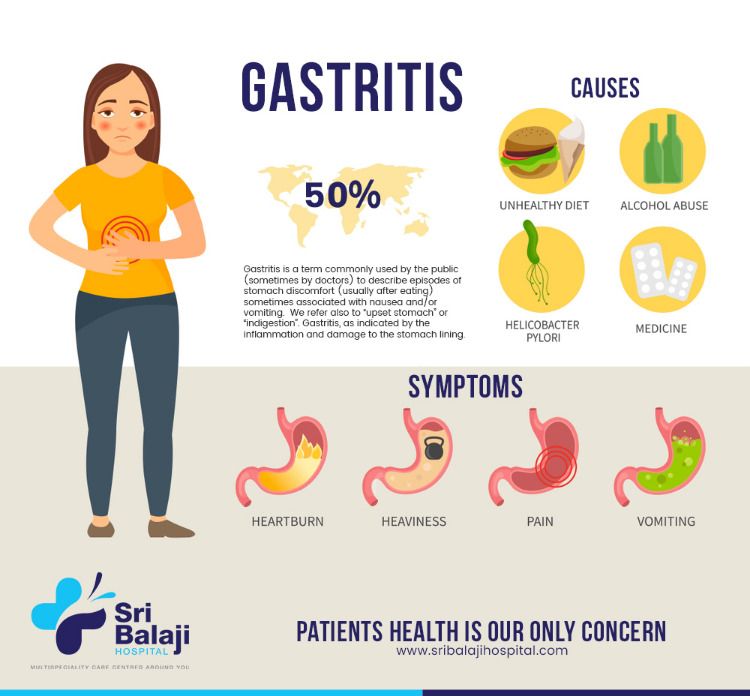 If you look at different countries, the gap can be thousands of percent, or even tens of thousands.
If you look at different countries, the gap can be thousands of percent, or even tens of thousands.
You don’t work there
Another statement that seems obvious, but let’s argue it. As an argument, let’s take the profession of an educator.
This is a very important and by no means easy job. It’s not just that these kind and patient women are entitled to increased vacations by law, it’s not just that.
Let’s turn our attention to Samara – a wonderful city on the banks of a picturesque river, one of the country’s main scientific centers in the space and aviation fields.
Samara’s most unlucky nanny earns a minimum wage of 16,242 rubles. It is, of course, terrible that MBDOU Kindergarten No. 153 values its employees so low, but if they transfer to other kindergartens, also state-owned, their salaries will increase by one and a half times. If they decide to forego the benefits that long-term work in public education can give them, then in a private kindergarten their salary will increase to 52,000.
As we can see, the pay gap for the same profession within the region is more than 200%. Even if we assume that the best are selected to work in a private kindergarten, the gap will be about 70%.
You are doing the wrong thing
It is no secret that the profitability of an enterprise is largely determined by its type of activity.
If some oligarch suddenly takes control of the production of enameled basins throughout Russia and unites them into the RosTaz corporation, then the income of this corporation will be huge. But they will never be able to catch up with the profits of, let’s say for clarity, Gazprom. For one simple reason – the market for enameled basins is much smaller than the gas market.
No matter how hard an employee tries, he can only count on a percentage of the company’s profits that he brings with his work. Here, of course, there are many clarifications and circumstances, but, in the general case, somehow the salary limit works.
Relatively speaking, you made basins for 300 tugriks, 100 of them went to support the company, 100 were put in the owner’s pocket, another 100 minus taxes and fees that the owner will impose on the employee will go to the salary.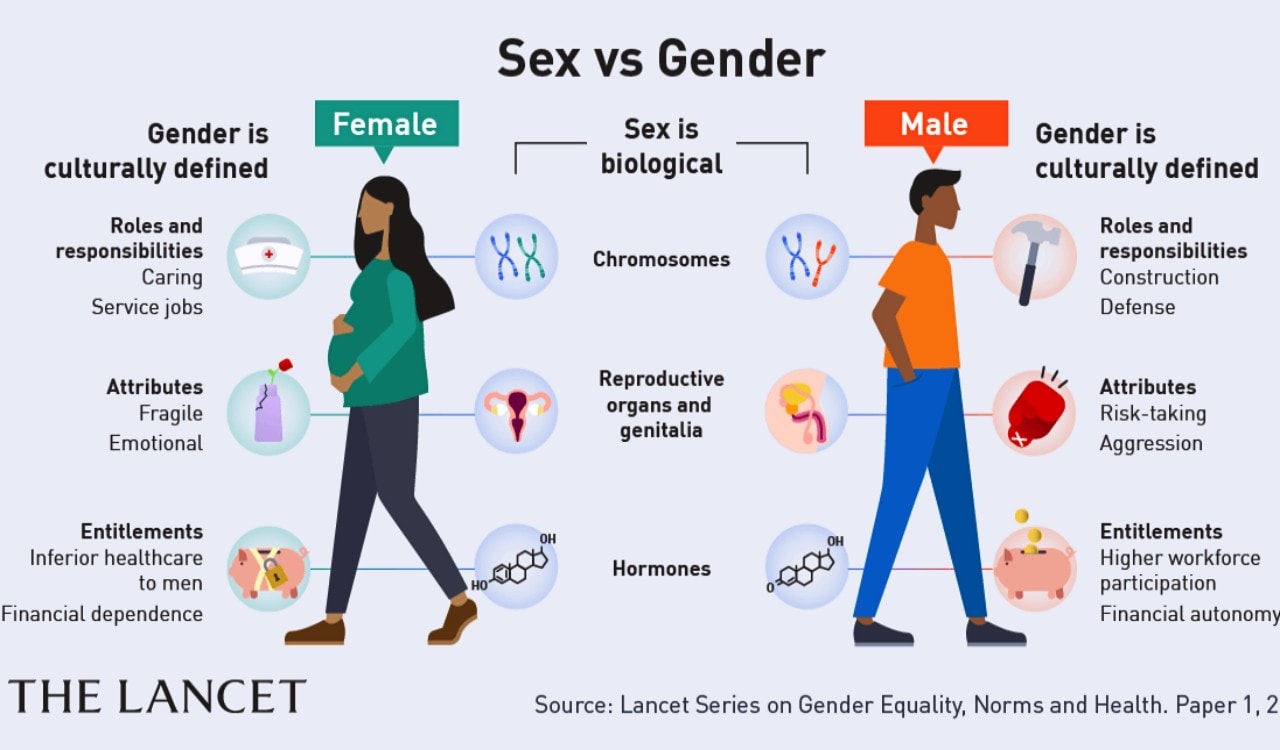 In total, producing for 300 tugriks you will get about 51.
In total, producing for 300 tugriks you will get about 51.
But you can, instead of enameling basins, produce gas for 600 tugriks in the same time, then the greedy capitalist will be able to pay you 102 already. A programmer (designer/modeler/etc) produces a product that, after production, begins to generate income. It could be a payroll automation script, or it could be a phone game. But once a product is produced, it continues to make a profit, and the programmer is already making a new one. For example, the Elder Scrolls games are still sold, albeit a little.
No matter how hard you try, working as a call center operator will still never reach the salary of a welder. No matter how charming your voice is.
Conclusion
There you go, dear friend. There are no secrets to happiness and secret skills of successful people. There are only heartless bitch statistics.
I don’t know what you do. But think, please, is there any chance that if you start doing it in the same place, but twice as good, you will earn twice as much?
I’m even ready to believe that for excellent work you will be noticed and promoted (no, not really ready). But the discourse remains the same – change the place and get more.
But the discourse remains the same – change the place and get more.
If you are an entrepreneur, this also applies to your company, albeit with some reservations. No, if you have some effective methods that will allow you to achieve more income by implementing 1C in Saratov than in Moscow, then I can only be happy for you. But something tells you that you don’t have such methods.
The above examples are not, of course, the only patterns in income. And a lot depends on you too. But what the hell should a nanny do to get a normal salary at MBDOU Kindergarten No. 153?
So forget about this race for personal growth, interesting projects and other simulacra. There is a simple recipe for a constant increase in earnings:
1) Master the profession at an average level.
2) Change cities and companies until you get the right amount
3) ???
4) Profit!
Remember, in the real world, unlike in mathematics, the amount grows from changing places.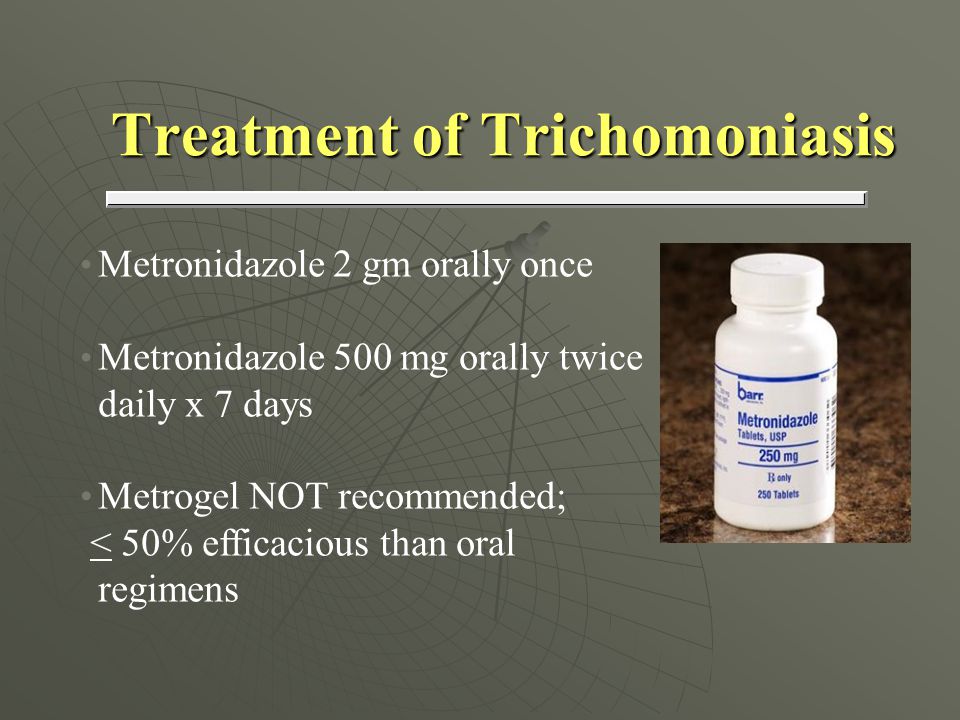
P.S.
I know that in every city in the world there are three and a half companies that evaluate employees at their true worth and increase salaries in a timely manner.
But what’s the matter… The owl from Hogwarts won’t fly. Old sensei will not reveal secret knowledge to you. A cute magical girl will not give you her powers. You will always be an ordinary person, just a dot on a bell curve.
What are the chances of you getting into that great company? Is it even possible to get into this company without changing jobs?
So until you discover your superpowers, don’t try to beat the statistics. Better use it correctly – as a tool that allows you to make the right decisions.
Three reasons why Russians in Kiev do not leave the city0082 Olesya Buzyny
and his unpunished killers, relatives write denunciations against each other, minibus drivers arrange shootouts, people are taped to poles with tape and it is generally scary to go out into the street.
Ivan Shilov
IA REGNUM
Kyiv. Ukraine
It would seem that over the past years, everyone who wanted to leave such a life has already left. But at a time when the Ukrainian media declare the unity of all sectors of society in a single patriotic impulse, a “parallel society” continues to live in the capital of the nationalist regime, which is not customary to talk about.
How many people are in Kyiv
According to the Kyiv administration, there are even more people in Kyiv than before the start of the NWO. First Deputy Chairman of the Kyiv City State Administration Mykola Povoroznik stated that as of February 2023, 3.4 million people live in the capital. According to the Ukrainian Channel Five, the population of Kyiv is even higher – 3.6 million people.
Compared to a pre-war population of 2.9 million and a low of 800,000 in March 2022, these figures are particularly impressive. Unless, of course, they believe. Ukrainian statistics must, of course, be treated critically, and these figures are questionable.
Unless, of course, they believe. Ukrainian statistics must, of course, be treated critically, and these figures are questionable.
Nevertheless, the trend towards recovery of the population of the capital is obvious.
Firstly, Ukrainians are moving to the capital from small towns where there is no work. So, given the general demographic catastrophe in Ukraine, the “devastation” in Kyiv may not be so noticeable.
Secondly, this situation is also influenced by internal migrants, who arrive en masse from the zones adjacent to the contact line.
Thirdly, many Ukrainian emigrants “drank Europe” and returned home to Kyiv apartments before the next winter.
According to the UN, since the beginning of the NWO, there have been 18 million departures from Ukraine. According to the Kyiv authorities, 10 million people have returned home. The list of reasons for returning from Europe includes the difficult life abroad, problems with employment, the difficulty of extending the period of stay, and the language barrier. In the overwhelming majority of cases, those citizens of Ukraine who leave for Europe and return from it are those who want a better life, but in general support Zelensky’s policy.
In the overwhelming majority of cases, those citizens of Ukraine who leave for Europe and return from it are those who want a better life, but in general support Zelensky’s policy.
Aleksey Vitvitsky/RIA Novosti
Residents of Ukraine at the railway station in Przemysl, who arrived in Poland from Lvov
Despite the generally deplorable state of the economy, it is much easier for such people to settle down under the Kiev regime. They calmly send their children to kindergartens and schools, get a job, receive state support. Departure and return to Kyiv in this case are connected with pragmatic reasons, and it can be expected that they will again go to Poland for the winter and further to Europe.
This is the paradox of Ukrainian nationalism – it is precisely the “shіrі ukraintsі” (Ukrainian patriots) who have expressed the greatest readiness to live in Europe, if only it will accept them.
Underground society
Much more surprising is the situation with the other part of the “remaining” population. Seasonal fluctuations in Ukrainian migration reveal the presence in Kyiv of another, “shadow” side of the urban community. The side, about which the media write only in the form of a sparse summary of the Security Service of Ukraine, where the security forces report on the next arrests.
Seasonal fluctuations in Ukrainian migration reveal the presence in Kyiv of another, “shadow” side of the urban community. The side, about which the media write only in the form of a sparse summary of the Security Service of Ukraine, where the security forces report on the next arrests.
Despite the turbulent years of Ukrainization, native Kievans with moderate and pro-Russian views have not completely disappeared. Once millions of Russian-speaking citizens, people of Russian culture have significantly decreased in number, but still make up a significant social stratum that remains silent and almost indistinguishable against the backdrop of noisy Ukrainian politics.
For many, such a regime of “parallel society”, a society “in the underground”, began with the collapse of the Soviet Union, when tens of millions of people of Russian culture, without leaving their homes, suddenly found themselves in a foreign country. Unable to express their disagreement with Ukrainian propaganda without consequences, these citizens of Ukraine began to minimize their interaction with state structures, the media, and the Ukrainianized environment.
After all, any manifestation of loyalty to Russia, common history and culture arouses suspicion and can become a source of real problems. In a militarized and overexcited “urapatriotic frenzy” society, denunciations and spy mania flourish. In some cases, a denunciation is even awarded to a manifestation of insufficient loyalty to the facts of the distorted “official history” or “Ukrainian heroes”.
Not sharing the values of Ukrainian statehood, pro-Russian Kievans hide from mobilization, are afraid to watch and read Russian TV channels (otherwise their neighbors might hear or track the secret services), for years they have been looking for apolitical teachers for their children.
It becomes a nightmare that children will tell at school that they do not agree with the ideas that teachers so zealously propagate in the family. Pro-Russian Kievans with high qualifications voluntarily flow into the field of manual labor in order not to participate in the Nazi ideological madness.
And these are only a few examples of their daily routine. This lifestyle imposes many restrictions and complicates survival in the difficult Ukrainian reality. The life of the pro-Russian people of Kiev is much more difficult than the financial difficulties of the supporters of “Ukrainianism” walking around Europe.
Behind the church fence
Why was the pro-Russian Kiev intelligentsia driven underground?
There are several reasons for this. Pro-Russian organizations in Ukraine have never been supported by the Russian leadership, which staked on big business. Russia sought to negotiate with the Ukrainian oligarchy, protecting its independence and as if not noticing that this oligarchy always carried a “muzzle in its pocket”.
Pro-Russian movements formed in 1990s (“Civil Congress of Ukraine”, “Russian Bloc”, “Slavic Party”, etc.), did not have the resources that would allow them to rally like-minded people around them. They were so poorly represented in the media that many pro-Russian Kievans simply did not know about them. These organizations were eventually either banned or reformatted by the Ukrainian authorities.
They were so poorly represented in the media that many pro-Russian Kievans simply did not know about them. These organizations were eventually either banned or reformatted by the Ukrainian authorities.
For a long time, the Orthodox Church in Ukraine remained a refuge for pluralism of opinions, and this “parallel society” was formed around church organizations and associations. The UOC-MP almost single-handedly acted in the Ukrainian information space from the standpoint of the commonality of Russian and Ukrainian cultures.
It is enough to study the biographies of significant members of this “parallel society”, such as the writer Oles Buzina or the Kiev journalist Yan Taksyur , to see the significance of the Orthodox movement in their lives.
Still from video
Kiev journalist Yan Taksyur
Despite the persecution of the UOC-MP, Orthodox communities still remained the last legal and public haven for pro-Russian citizens.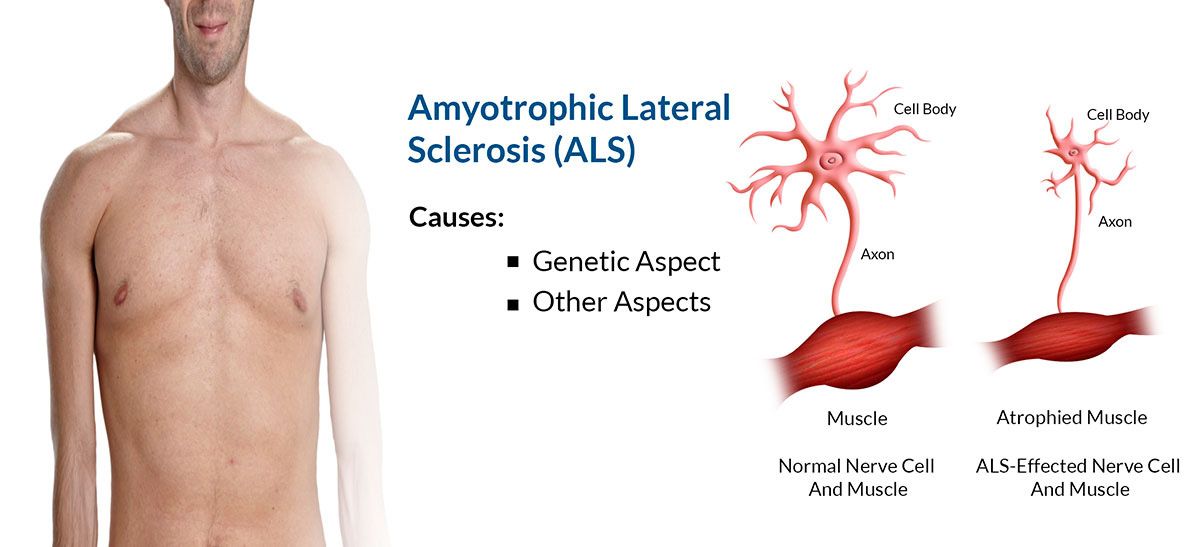 Protected by the traditional rights of religious associations, they retained their values and views longer than others. Orthodox church brotherhoods, Cossacks and cadet organizations tried to rally pro-Russian passionaries in Ukraine (for example, the Faithful Cossacks organization gave many famous fighters and commanders to the resistance in the Donbass).
Protected by the traditional rights of religious associations, they retained their values and views longer than others. Orthodox church brotherhoods, Cossacks and cadet organizations tried to rally pro-Russian passionaries in Ukraine (for example, the Faithful Cossacks organization gave many famous fighters and commanders to the resistance in the Donbass).
Constant and increasing pressure from the state, the imposition of nationalist OCU and UOC-KP, the seizure of parishes and monasteries, the persecution of clergy and active laity led to the fact that the last socially significant institution – the Church ceased to be a backwater for those who disagree.
Why the Russians don’t leave Kiev
Pro-Russian Kievans need to carry out a daily struggle against propaganda, against despair, against anxiety, against oppressive living conditions, against the pressure of “patriotic” fellow citizens. In such a situation, the logical solution would be to move. Why don’t they leave?
In such a situation, the logical solution would be to move. Why don’t they leave?
With the beginning of the NWO, this question became easier to answer. Men of military age from 18 to 60 cannot leave the territory of Ukraine. Previously, this rule could be circumvented through various loopholes for bribes, but since January 2023 the rules have become tougher.
Nevertheless, before the start of the NMD, the pro-Russian Kievans had enough time to understand what was happening, prepare for the move, sell apartments, take care of the comfortable departure of the elderly and relatives and not live in a terrorist state. Why didn’t they do it?
Ivan Shilov
IA REGNUM
Military commissariats of Ukraine
From the territory of the Russian Federation, they could really help their small homeland, and not just sit back and wait for salvation, playing the role of “martyrs”. Of course, a significant reason lies in the economic and physical complexity of the trip, but it would be wrong to call it the main one.
It is psychological reasons that dominate here, the subconscious or even conscious choice of life “underground”. In an attempt to answer this question, three main life strategies can be distinguished, both constructive and destructive.
The first is related to the passivity of the pro-Russian population of Kyiv. A rather contradictory attitude has formed in the pro-Russian Kiev intelligentsia: on the one hand, an acute feeling of disagreement with everything that happens, and on the other hand, immersion in a hallucinogenic dream of “learned helplessness”, the desire to wait out, do nothing.
The feeling of “underground” stay survived in the pro-Russian people of Kyivians for more than one generation and brought up in them passivity and a sense of doom. The Kiev “underground” seemed to be in a lethargic dream, confident in its impotence to change anything. This sense of powerlessness and deprived them of subjectivity at a critical moment./2549387-article-causes-of-calf-pain-5a70fb720e23d90036a5fa54.png)
The second reason is related to the attitude towards voluntary martyrdom. The pro-Russian people of Kiev voluntarily bear collective responsibility for what happened. The “parallel society” nurtures in itself an almost religious feeling of an impending catastrophe, a premonition of the future consequences of the horror that was born in Kyiv, but does not seek to escape from it. So the pro-Russian people of Kiev voluntarily take on the role of martyrs and seem to “want to suffer.”
However, there is a third reason – it is the willingness to embark on the dangerous path of open opposition nationalist regime. The risky and tragic role of a herald of great Russian culture in the very center of Ukrainianism. Few choose this path. But there are dozens and hundreds of them.
Such was Oles Buzina, who was killed for his texts and made a political manifesto out of his refusal to leave. Or the Kiev poet and satirist Yan Taksyur, accused by the SBU of treason for sympathy for Russia, who was imprisoned in Kyiv until his recent release as part of a prisoner of war exchange.


